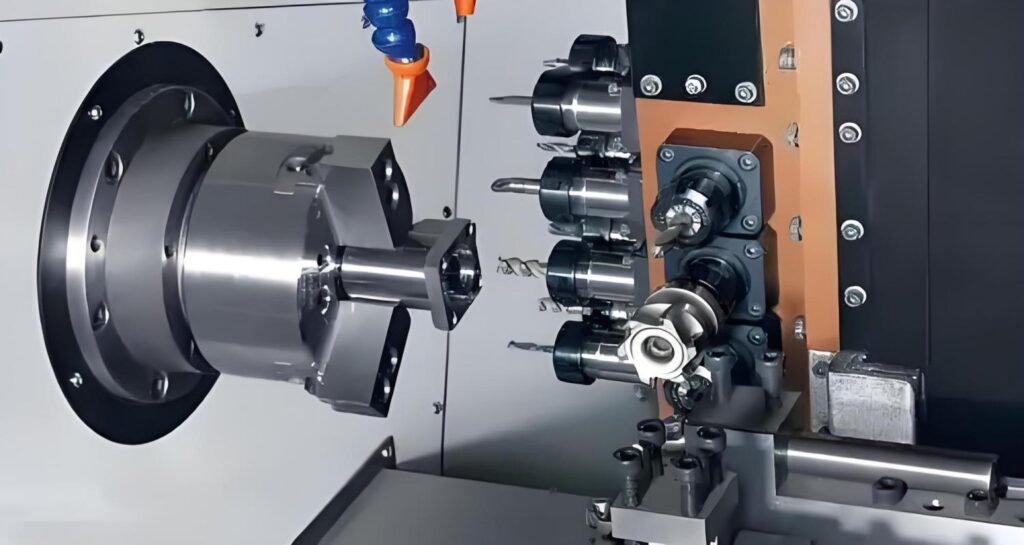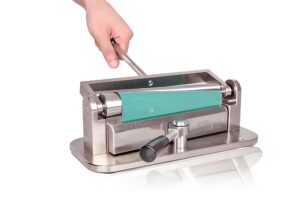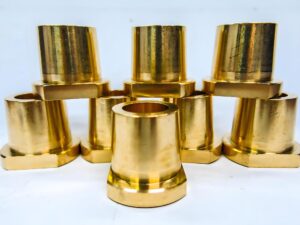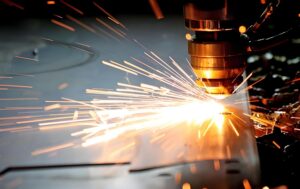In the ever-evolving world of manufacturing, precision and efficiency are the cornerstones of success. Among the many advancements in machining technology, Turn-Mill Machining stands out as a game-changer. This innovative process combines the capabilities of turning and milling into a single setup, offering unparalleled flexibility and accuracy. For industries ranging from aerospace to medical device manufacturing, Turn-Mill Machining has become a go-to solution for producing complex parts with tight tolerances. This blog explores the ins and outs of Turn-Mill Machining, its benefits over traditional methods, and its wide-ranging applications, providing a comprehensive guide for those looking to understand this cutting-edge technology.
What is Turn-Mill Machining?
Turn-Mill Machining, often referred to as mill-turn or multitasking machining, is a sophisticated manufacturing process that integrates turning and milling operations into a single machine. Traditionally, turning involves rotating a workpiece while a cutting tool removes material to create cylindrical shapes, while milling uses rotating tools to cut features into a stationary workpiece. Turn-Mill Machining merges these two processes, allowing a single machine to perform both operations without the need to transfer the workpiece between separate machines.
This hybrid approach is typically executed on advanced CNC (Computer Numerical Control) machines equipped with multiple axes, live tooling, and sub-spindles. These machines can rotate the workpiece like a lathe and simultaneously use milling tools to create intricate features such as slots, holes, and complex geometries. The result is a seamless process that reduces setup times, enhances precision, and minimizes human intervention.
How Turn-Mill Machines Work
At the heart of Turn-Mill Machining is the CNC machine’s ability to handle multiple tasks. These machines are equipped with a main spindle to hold and rotate the workpiece, a sub-spindle for additional operations, and live tooling that enables milling, drilling, and tapping while the workpiece is in motion. The multi-axis capability—often including X, Y, Z, and rotational axes (C and B)—allows for precise control over the workpiece and tools, enabling the creation of complex parts in a single setup.
The process begins with the workpiece being secured in the main spindle. As the spindle rotates, turning tools shape the material. Simultaneously, live tools can engage to mill features like flats, grooves, or contours. The sub-spindle can then take over to machine the opposite end of the part, eliminating the need to reposition the workpiece manually. This continuous operation streamlines production and ensures high accuracy by maintaining consistent datum points throughout the process.
Key Components of Turn-Mill Machines
- Main Spindle: Holds and rotates the workpiece for turning operations.
- Sub-Spindle: Allows machining on the opposite side of the part without repositioning.
- Live Tooling: Rotating tools that perform milling, drilling, and tapping.
- Multi-Axis Control: Enables precise movements in multiple directions for complex geometries.
- CNC Programming: Advanced software that coordinates all operations for seamless execution.
By combining these elements, Turn-Mill Machining delivers a level of versatility that traditional machining methods struggle to match.
Advantages of Turn-Mill Machining Compared to Traditional Machining
In traditional machining, producing a complex part often requires multiple machines, several clamping operations, and numerous steps. This not only increases production time but also introduces potential errors and inefficiencies. In contrast, turn-mill machining offers clear advantages in terms of both efficiency and precision.
- Reduced Setup Time
One of the most significant benefits of Turn-Mill Machining is the reduction in setup time. In traditional machining, producing a complex part often requires moving the workpiece between a lathe and a milling machine, with each transfer introducing potential errors and delays. Turn-Mill Machining eliminates these transitions by performing all operations in a single setup. This not only speeds up production but also reduces the risk of misalignment, ensuring consistent quality.
- Enhanced Precision and Accuracy
Precision is critical in industries like aerospace, automotive, and medical device manufacturing, where tolerances are often measured in microns. By keeping the workpiece in a single machine, Turn-Mill Machining minimizes errors caused by repositioning. The use of advanced CNC controls and multi-axis capabilities further enhances accuracy, allowing for the creation of intricate features with tight tolerances. This level of precision is particularly valuable for parts with complex geometries that would be challenging to produce using traditional methods.
- Improved Efficiency and Productivity
By combining turning and milling, Turn-Mill Machining streamlines the production process, reducing cycle times and increasing throughput. The ability to perform multiple operations simultaneously—such as turning the workpiece while milling a feature—further boosts efficiency. Additionally, the automation provided by CNC programming reduces the need for manual intervention, allowing operators to focus on other tasks. This results in higher productivity and lower labor costs.
- Cost Savings
While Turn-Mill machines require a significant initial investment, they often lead to cost savings in the long run. The reduction in setup times, improved efficiency, and minimized material waste contribute to lower production costs. Furthermore, the ability to produce complex parts in a single operation reduces the need for additional tooling and fixturing, further driving down expenses.
- Flexibility for Complex Parts
Traditional machining methods often struggle with parts that require both cylindrical and non-cylindrical features. Turn-Mill Machining excels in this area, as it can seamlessly transition between turning and milling operations. This flexibility makes it ideal for producing parts with intricate designs, such as turbine blades, medical implants, and automotive components.
- Reduced Material Waste
In traditional machining, multiple setups can lead to material waste due to misalignment or errors. Turn-Mill Machining’s single-setup approach minimizes these issues, ensuring that material is used efficiently. This is particularly important for industries working with expensive materials like titanium or stainless steel, where waste can significantly impact costs.
Applications of turn milling Across Industries
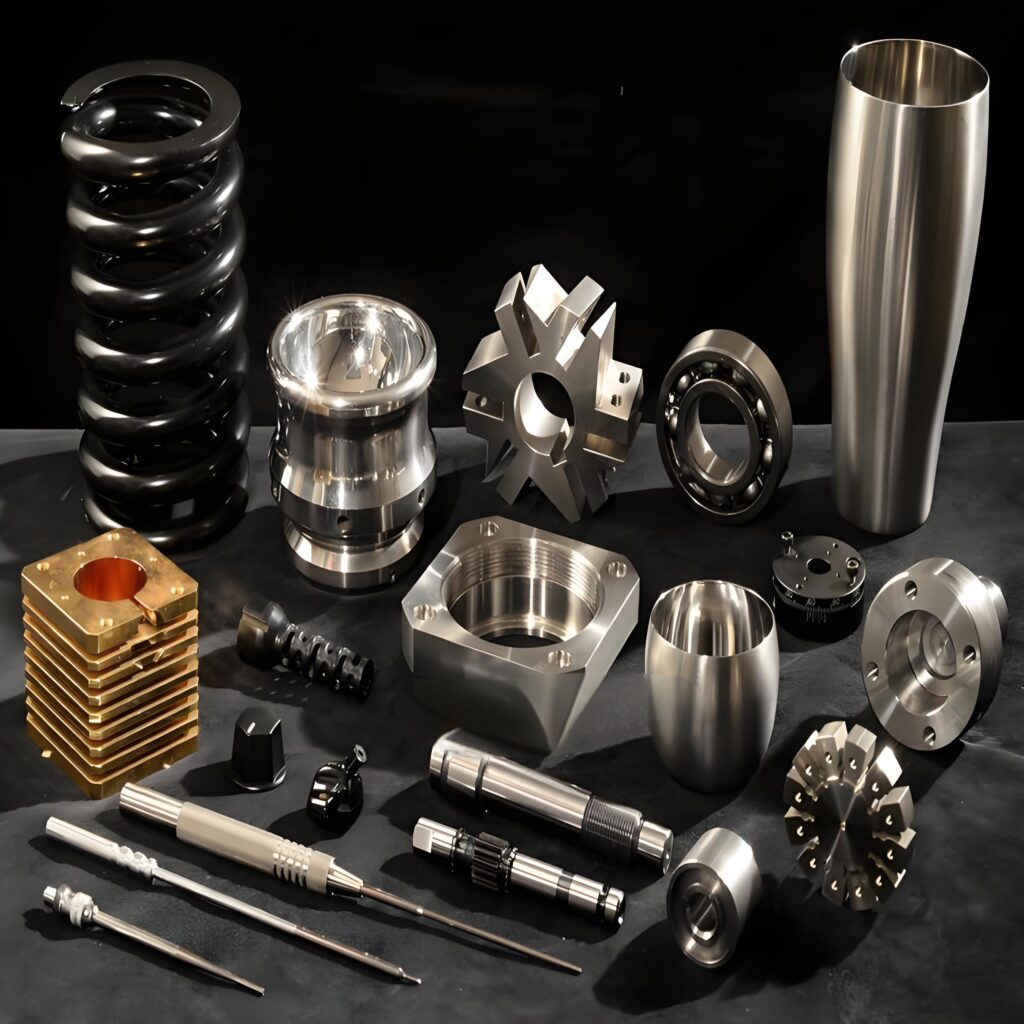
The versatility of turn milling has made it a staple in a wide range of industries. Its ability to produce complex, high-precision parts in a single setup has opened up new possibilities for manufacturers. Below are some of the key industries leveraging this technology and the specific applications they rely on.
- Aerospace Industry
The aerospace industry demands components with exceptional precision and durability, often made from challenging materials like titanium and Inconel. Turn-Mill Machining is widely used to produce parts such as turbine blades, engine components, and structural fittings. The ability to create complex geometries with tight tolerances ensures that these parts meet the stringent requirements of aerospace applications.
- Medical Device Manufacturing
In the medical field, precision is non-negotiable. Turn-Mill Machining is used to produce intricate components like orthopedic implants, surgical instruments, and dental devices. The process’s ability to handle biocompatible materials such as stainless steel and titanium, combined with its precision, makes it ideal for creating parts that meet strict regulatory standards.
- Automotive Industry
The automotive sector relies on Turn-Mill Machining for components like transmission shafts, engine parts, and suspension components. The technology’s efficiency and ability to produce complex parts in a single setup help manufacturers meet the high-volume demands of the industry while maintaining quality and reducing costs.
- Oil and Gas Industry
In the oil and gas sector, Turn-Mill Machining is used to create components like valves, fittings, and pump parts that must withstand harsh environments. The process’s ability to work with tough materials and produce parts with intricate features ensures reliability and performance in demanding applications.
- Electronics and Telecommunications
The electronics industry benefits from Turn-Mill Machining’s ability to produce small, precise components like connectors and housings. These parts often require complex geometries and tight tolerances, which Turn-Mill machines can deliver efficiently.
- Tool and Die Manufacturing
Turn-Mill Machining is also used in the production of molds, dies, and tooling components. The ability to create intricate features in a single setup reduces lead times and ensures that tools meet the precise specifications required for high-quality production.
- Emerging Applications
As Turn-Mill technology continues to advance, new applications are emerging in fields like renewable energy and additive manufacturing. For example, Turn-Mill Machining is being explored for creating components for wind turbines and hybrid manufacturing processes that combine additive and subtractive techniques.
Materials Compatible with Turn-Mill Machining
Turn-mill machines are capable of working with a wide range of materials. Their rigid design and advanced tooling systems make them suitable for:
- Aluminum: Lightweight and easy to machine; ideal for aerospace and automotive parts.
- Stainless Steel: Common in medical and food-grade applications.
- Titanium: Known for its strength and corrosion resistance, often used in aerospace and medical industries.
- Brass and Copper: Popular for electrical applications due to their conductivity.
- Plastics: Used in both consumer and industrial products, turn-mill machines can handle complex profiles in engineering plastics.
Technical Considerations for turn milling
While Turn-Mill Machining offers numerous benefits, it also comes with technical considerations that manufacturers must address to maximize its potential. Understanding these factors is crucial for optimizing the process and achieving the desired results.
- Machine Selection
Not all CNC machines are created equal. Choosing the right Turn-Mill machine depends on the specific requirements of the project, including part size, material, and complexity. Machines with more axes and advanced features like live tooling and sub-spindles offer greater flexibility but may require more expertise to operate.
- Programming Expertise
Turn-Mill Machining requires sophisticated CNC programming to coordinate the various operations. Skilled programmers are essential for creating toolpaths that optimize efficiency and precision. Modern CAD/CAM software can simplify this process, but a deep understanding of the machine’s capabilities is still necessary.
- Tooling and Fixturing
The choice of tools and fixturing plays a critical role in Turn-Mill Machining. Live tools must be selected based on the material and features being machined, while fixturing must ensure stability without interfering with the machine’s movements. Proper tooling and fixturing can significantly impact cycle times and part quality.
- Material Considerations
Turn-Mill Machining can handle a wide range of materials, from aluminum to exotic alloys. However, each material has unique properties that affect tool selection, cutting speeds, and feeds. Manufacturers must carefully match their machining parameters to the material to avoid issues like tool wear or surface imperfections.
- Quality Control
To ensure that parts meet specifications, robust quality control measures are essential. This may include in-process inspections using probes or sensors, as well as post-process measurements with coordinate measuring machines (CMMs). Turn-Mill Machining’s single-setup approach can simplify quality control by reducing variables, but thorough checks are still necessary.

Why Choose Precionn for Turn-Mill Machining?
Precionn is a trusted name in the precision machining industry, known for its commitment to quality, innovation, and customer satisfaction. With advanced turn-mill machining capabilities, Precionn is well-equipped to handle complex projects across a wide range of industries, including aerospace, automotive, medical, and electronics.
Our experienced engineers and technicians ensure every component meets the highest standards of accuracy and durability. Utilizing state-of-the-art multi-axis turn-mill machines, Precionn delivers reliable, cost-effective solutions tailored to international customer needs.
Whether you’re looking to reduce lead times, improve part quality, or streamline your supply chain, Precionn offers the expertise and equipment to bring your designs to life.

